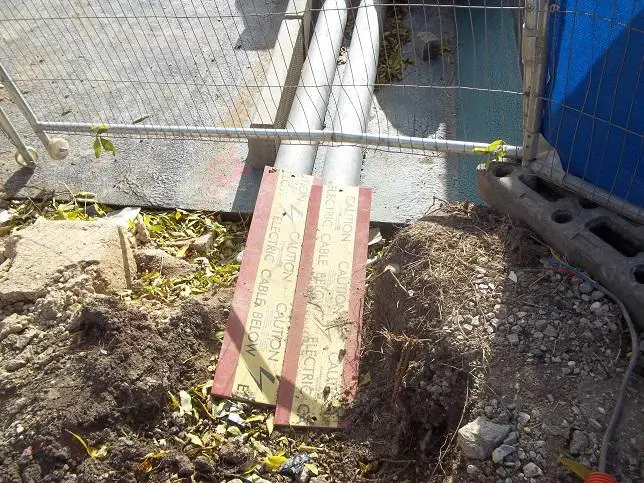Nonsense.Now for the cable no way to bury in the Tarmac drive
How would you react if your electricity supply cable broke, and the DNO said "Sorry Mr Pease, I'm afraid you'll just have to manage without electricity from now on, as the cable is buried under a tarmac pavement so there's no way to get at it"?
Wrong attitude.... wealth and safety dept ...





